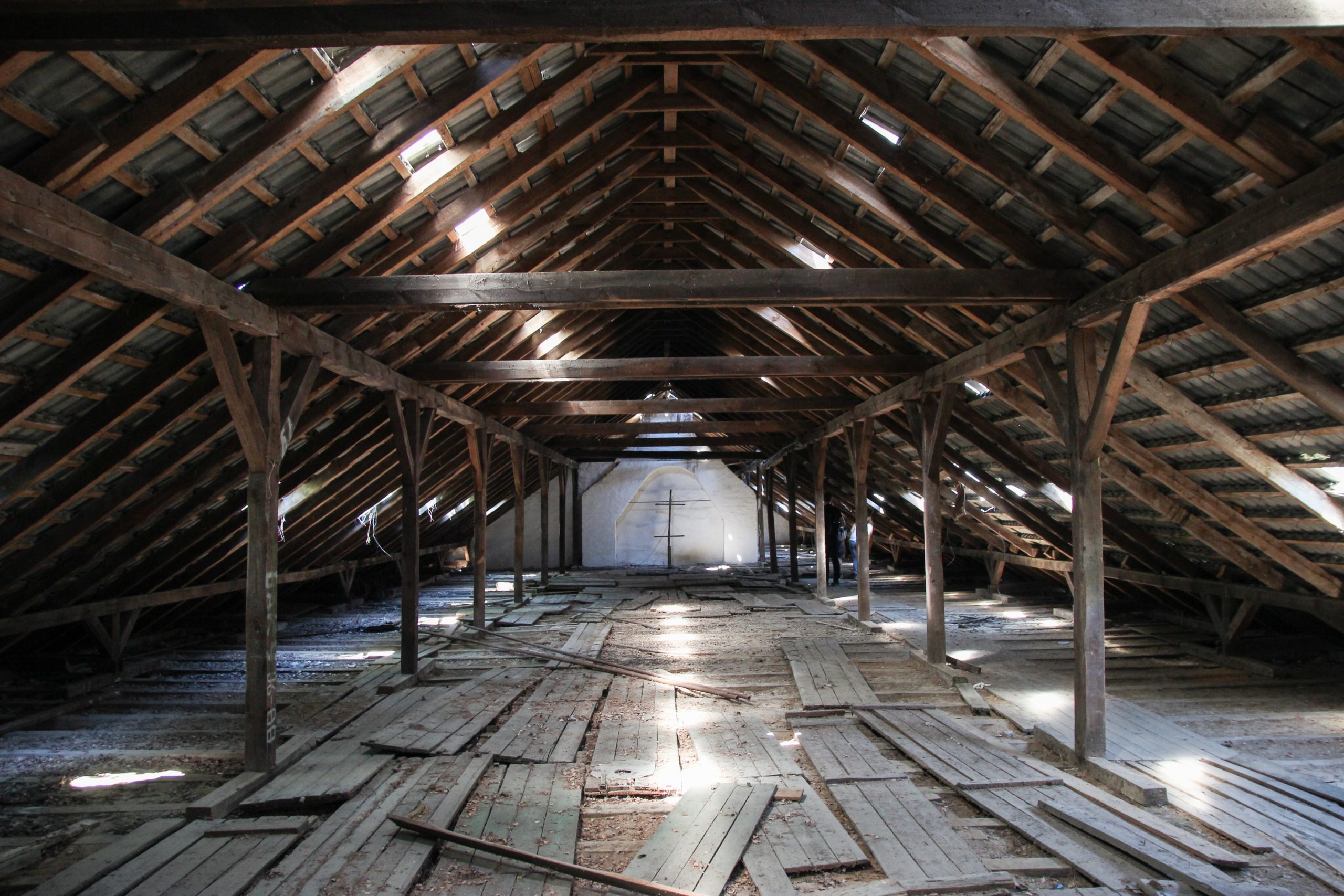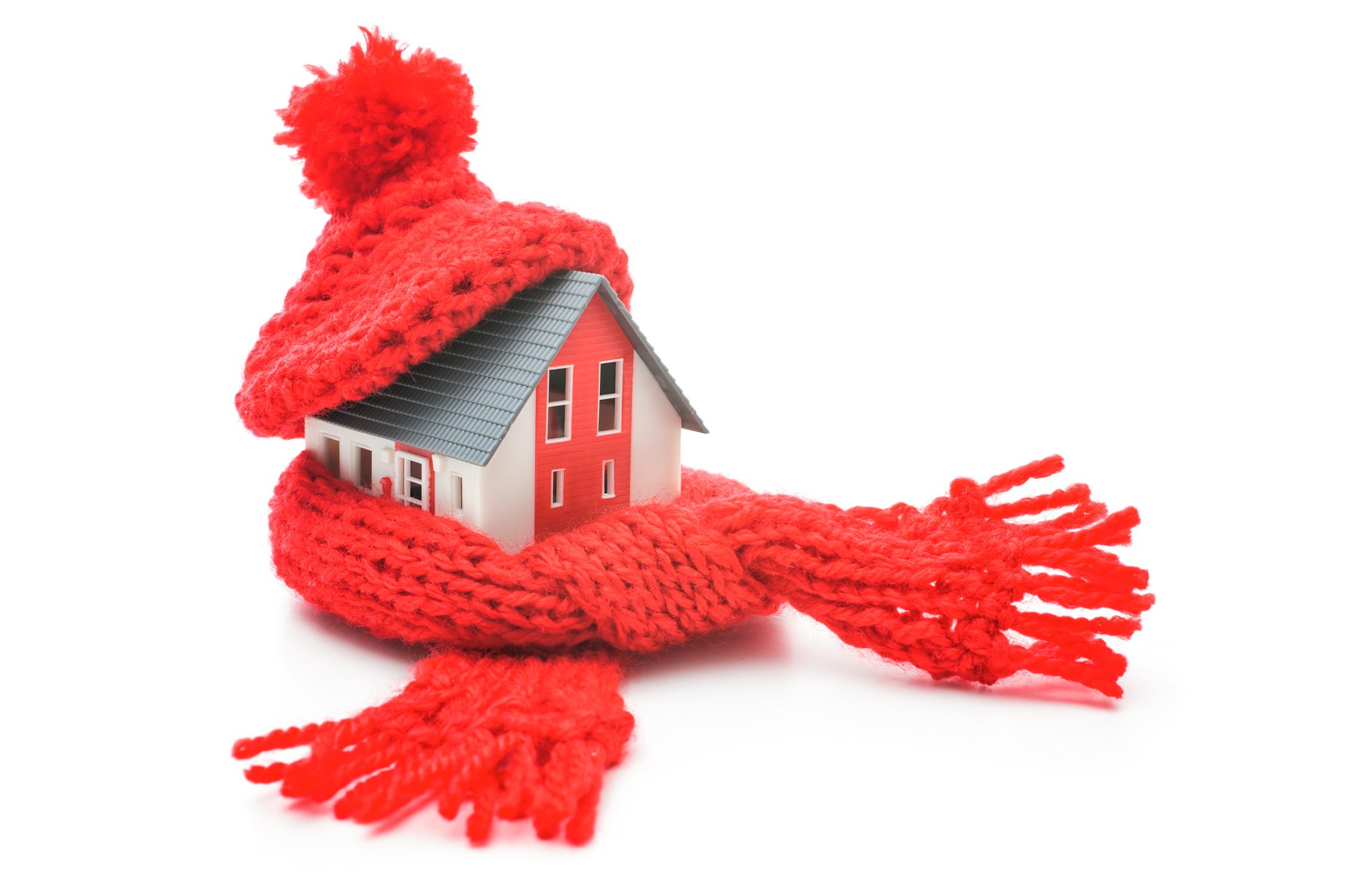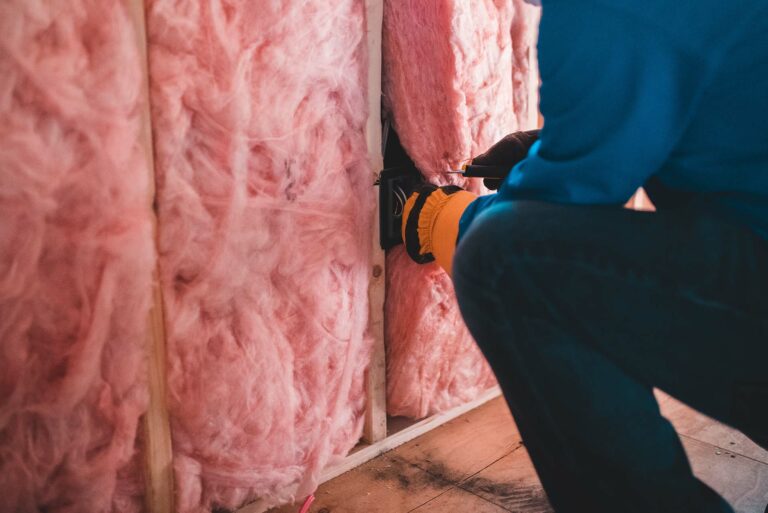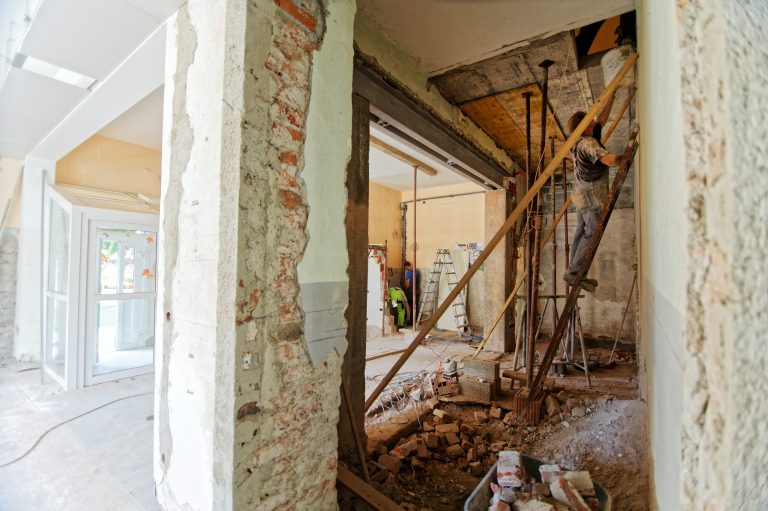
Need additional insulation for your attic? Then you may be caught in confusion trying to figure out what kind of insulation to use. Although you may be considering talking to an insulation company, it is helpful to have a little background information about insulation applicable for your attic.
When it comes to attic insulation, you have two different options. These are radiant barriers and blown-in. Read more to familiarize yourself and better understand what type of insulation your attic needs.
R-Value & Your Insulation Solutions
Before addressing the different insulation options you have, understand the R-value that relates to your insulation options. The R-value is the insulating material’s resistance to thermal transfer. The higher the number of the R-value, the better the material is for insulation. You can visit the Department of Energy’s website to know the recommended R-value for your home’s location. For example, you would require an R-value between R-30 and R-49 for your home for the insulation to be compelling enough for your attic.
Radiant barrier: It does not have an R-value on its own because it works differently from other types of insulation. It blocks radiant heat and works well with different kinds of insulation.
Blown-in: The R-value increases with density for this type of insulation. It could range between R-2.2 and R-4.2 per inch.
Radiant Barrier
A radiant barrier is installed right under the roof, and the purpose is not for soundproofing or keeping the warm air from leaking out of the house. The radiant barrier works quite uniquely from outer insulation types. Considered as one of the best types for insulating attics, it is foil insulation installed to keep the homes cooler and more comfortable. It helps the roof to reflect heat from the sun rather than absorbing it. Homes with radiant barriers installed are 10 degrees cooler than a home without attic insulation.
Benefits of Radiant barrier Insulation
- Lower your energy bills
- Make your home a lot cooler and more comfortable
- Improve the performance of your AC
Blown-In
Blown-in attic insulation is fiberglass. Fiberglass can be used for attics, walls, floors, access doors, and more. It helps retain heat in the winter and keeps heat out during summer. It makes your home more energy-efficient. Using fiberglass insulation is sustainable because of its high recycles and renewable organic content.
Benefits of Blow-In Insulation
- Help you cut down on your energy costs
- Make your home more comfortable year-round
- Reduce noises outside and between different levels and rooms inside your house
- Improve the overall efficiency of your air conditioner
- Help protect against water infiltration and moisture issues
If you are still figuring out what kind of attic insulation is best to use for your home – you only have two options. These two options are the best combination to use for your homes. There is no single best attic insulation, and this combination is the best option.






